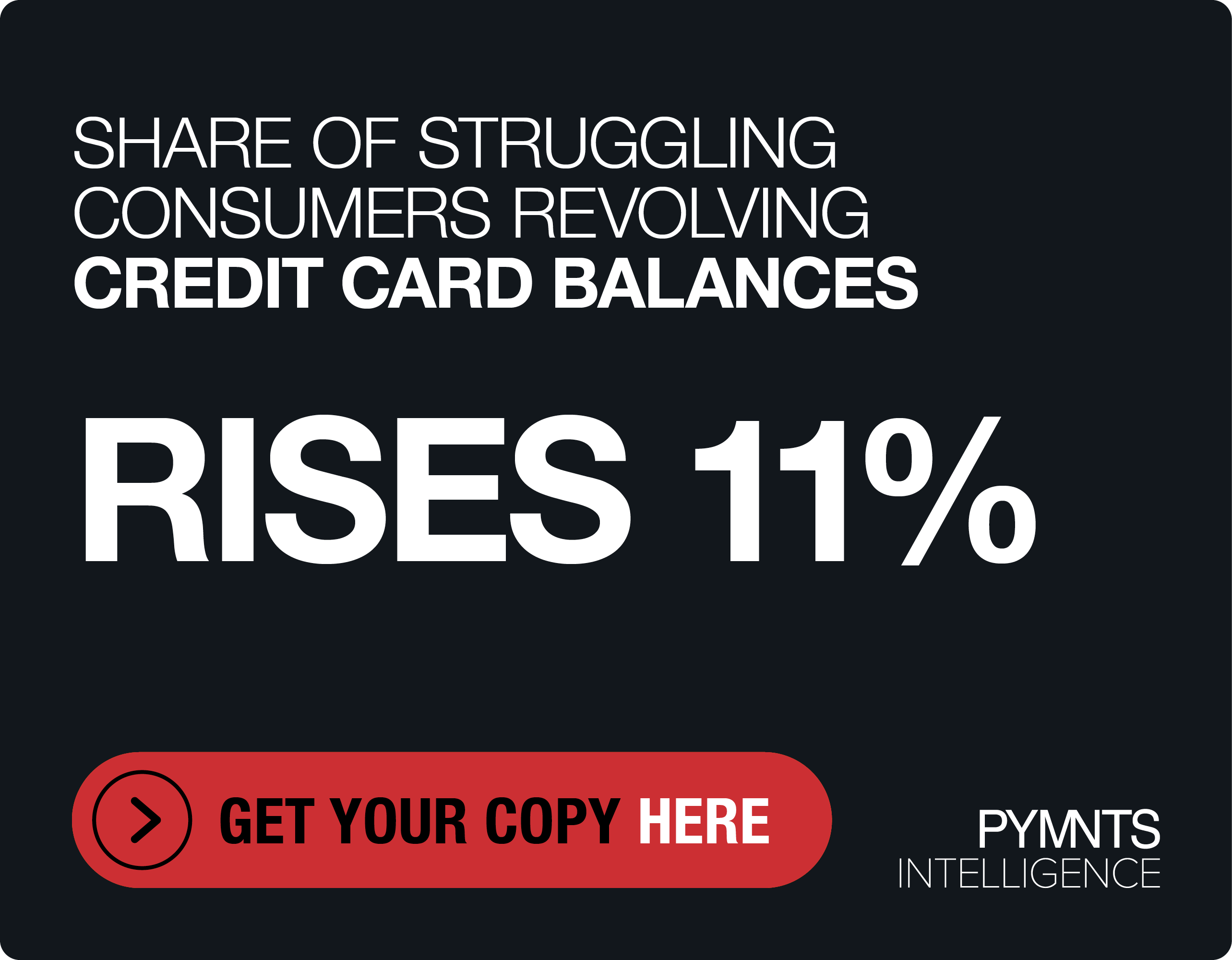How To Stop Fraud From Making Itself At Home In Real Estate

The category of real estate has not traditionally been a haven for fraud, but it does exist. Leasing fraud made its first significant appearance in a Consumer Sentinel report three years ago in the form of identity fraud and theft – that is, fraudsters were using other people’s identities to get into housing.
The number of complaints of people posing as someone else in this context, though small, has risen sharply in the three years since then. By the most recent report, it had become the top complaint regarding lease fraud, with 400,000 people lodging complaints.
As the real estate category, like so many others, waxes digital, this threat can only increase, with agents and end customers doing business remotely – even across oceans. In that environment, it’s more difficult yet more important than ever to Know Your Customer (KYC).
Reinhard Hochrieser, Director of Product Management at Jumio, said that means new methods of identity verification and authentication must come into play. Electronic signatures are a good start but must be used in conjunction with other tools that can confirm the identity of the person signing, he said.
In a recent interview with Karen Webster, Hochrieser elaborated on the need for layered identity verification in real estate and what it will take to get these heightened security processes to scale.
High Stakes Demand High Security (and Yes, That Can Mean Friction)
Because the issue in real estate is not financial fraud, but identity fraud, identity verification steps become more important, Hochrieser said. It’s no longer enough to rely on email and password combinations or single-use passwords sent by SMS.
Asking customers to submit their ID remotely is just the first piece of the identity puzzle. If a fraudster has stolen someone’s ID, then he can meet the requirement to send a scanned image of the ID or take a photo with his smartphone.
Requiring customers to submit a selfie that matches the ID “ratchets up the level of assurance,” said Hochrieser. To add even more layers, some organizations where the stakes are high, such as banks, have also started requiring customers to present additional documents to verify their address.
Hochrieser said the reason for this is that it’s very difficult to spoof the type of documents that one can use as proof of address – papers such as credit card statements, bank statements or utility bills – so even though it adds a burden for the customer, many higher-stakes organizations are deciding that the friction is worth the payoff for the added assurance it can provide.
Indeed, added Hochrieser, the requirement just goes to show what a problem identity fraud has become, and demonstrates that those organizations are taking it very seriously. Recognizing this, customers with a lot at risk tend to be understanding and accepting of friction.
What it Means for Real Estate
More and more today, real estate agents are dealing with people who are signing documents remotely – customers they don’t know, and may never meet in person. Therefore, it’s a top priority for agents and their offices to ensure they know who they’re dealing with up front.
Hochrieser said it’s not just about making sure that the person’s identity is authentic. He said it’s also possible to store additional documents in a digital way to support the selling process.
In real estate, greater demands around security create the same friction that banks encounter, both for buyers and for agents, but Hochrieser said the change in process will not be not significant. Security has always been a part of real estate, and the electronic signature that has shaped real estate is not going away – rather, new methods will work in tandem with it.
In short, Hochrieser said, agents don’t need to add new tasks to their processes; they just need to keep their existing processes current with the times and with the state of fraud in the space.
Getting to Scale Will be a Group Effort
New, more stringent ways of demonstrating one’s identity are slowly seeping into most corners of financial services, but they are far from becoming “business as usual.” To reach that level, Hochrieser said, fraud levels in the system will first have to reach a point where regulatory agencies start to take notice and feel they need to get involved.
To this point, he said, there just hasn’t been that much fraud in real estate – but with 400,000 identity fraud complaints in the real estate space this past year, he expects regulators will soon start taking the problem much more seriously, and that’s when the network effect could kick in and catapult innovative, layered authentication solutions to a much larger scale.
As eager as Jumio may be for the world to adopt this type of authentication, Hochrieser said it may not be possible to speed up the process. Some growth is just a factor of time. First the big players start adopting new methods and techs. Then the smaller, “mom and pop” players jump on the bandwagon.
Most real estate agencies are not necessarily eager to abandon the two-factor authentication method they’ve grown familiar with over the past 10 years, but as their larger counterparts begin to do so, Hochrieser predicts that adoption of more reliable forms of verification will trickle down.
“As in every other industry,” he said, “it’s slow and hard to get in with businesses. As soon as a few companies start to utilize better authentication, it will grow.”
